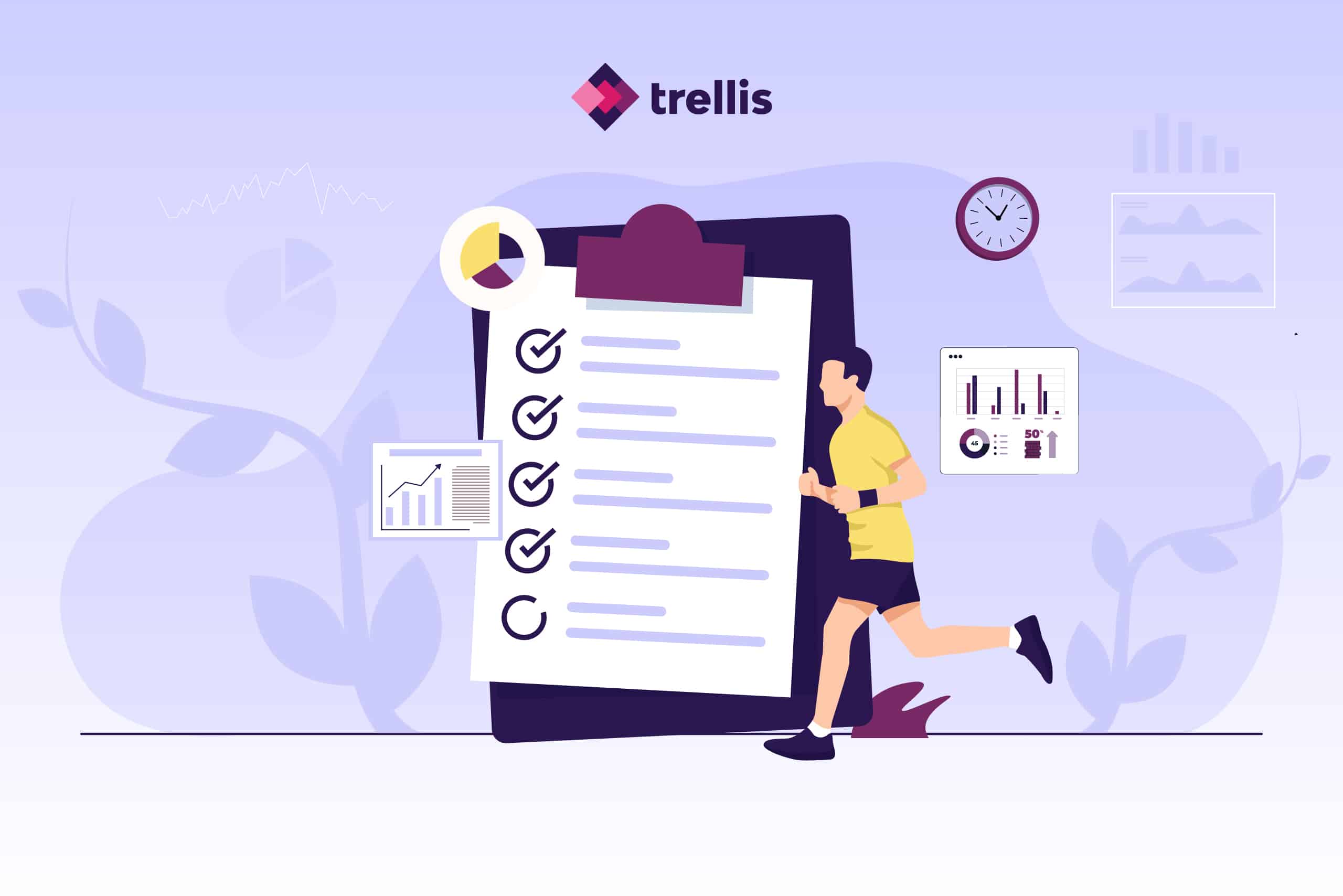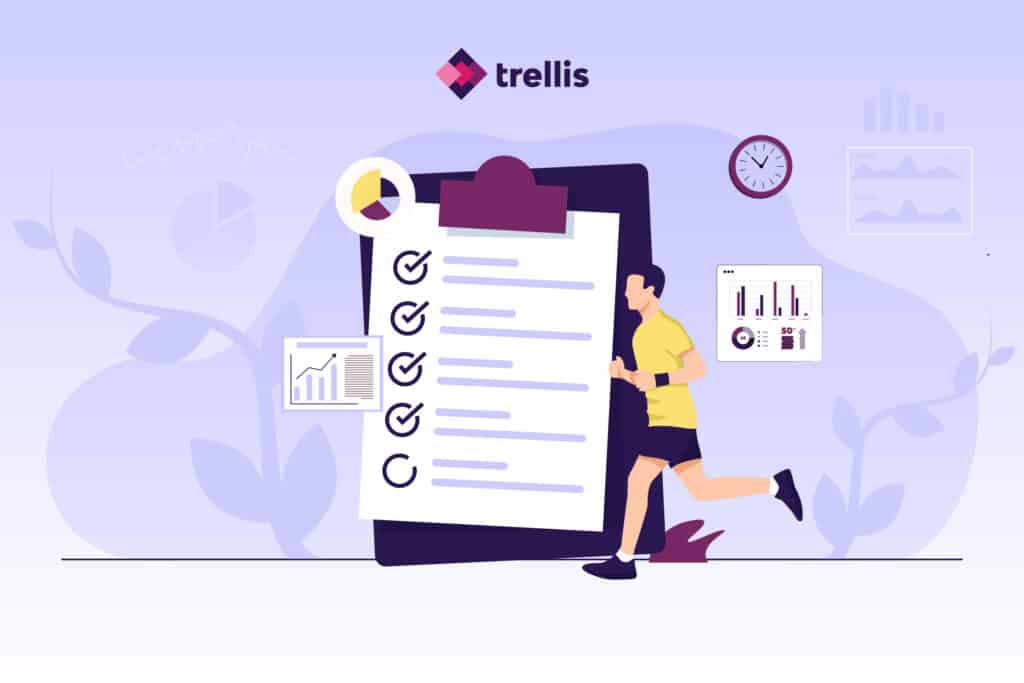This year, there’s one prediction we know will come true: eCommerce will continue to evolve from a mindset of ‘growth at all costs’ to one that emphasizes sustainable, profitable growth.
Brands are facing more challenges than ever, from fiercer competition to rising operational costs. At the same time, sellers also have better technology and more opportunity than ever to position themselves for success.
Today we’re sharing nine tips to create positive momentum in your business next year, and beyond.
9 Healthy Habits for a Profitable Year in eCommerce
CEO of Common Thread Co., Taylor Holiday, said it best: “I continue to believe so much in how important it is to create a really cohesive operating plan… where every day the organization knows where it’s headed—and one that you can achieve. That you can really go out and succeed next year and build some really positive momentum for your company.”
A strong year begins with a thoughtful plan. To improve your profitability next year, consider these nine healthy habits for eCommerce success.
1. Focus on Your Golden Ratio
In eCommerce, TACoS (Total Advertising Cost of Sales) is important, but it’s not the end-all. As forward-thinking brands shift their focus to long-term profitability vs. short-term topline growth, a different metric surfaces as the north star:
Lifetime Value (LTV):Customer Acquisition Cost (CAC)
The golden ratio (LTV:CAC) is about striking a balance between acquiring new customers and maximizing lifetime value. Understanding and optimizing this ratio will help you make sure your growth strategies are financially sound amid tightening margins.
Put it into practice:
- Analyze your current metrics. Use advanced analytics tools to evaluate your CAC and LTV and identify trends. How do they compare to your core benchmarks? How have they changed over time?
- Adjust marketing spend. With the above insights, realign your budget to prioritize the channels with the best LTV:CAC. This ensures you’re investing your ad spend not just in quick conversions, but loyal customers and sustainable growth.
- Enhance customer experience. Prioritize initiatives that improve customer satisfaction and loyalty. This could include personalization, rewards programs, exceptional support—take time to review your numbers and lean into your most successful efforts.
By focusing on key performance indicators (KPIs) that go beyond your go-to ad metrics, you can shine a spotlight on customer value and retention as well as new customer acquisition.
2. Re-evaluate Your Media Planning
Strategic media planning plays a crucial role in reaching the right audience with the right message at the right time. Competitor positions and consumer behaviors are changing more rapidly than ever, so a set-and-forget media strategy isn’t going to cut it.
Instead, make sure your media planning strategy is agile, set up for maximum engagement and relevance.
Put it into practice:
- Review your current channels. Evaluate the performance of your advertising platforms. Identify which channels are delivering results and where there’s room for improvement.
- Integrate AI for personalization. Use AI to customize media content and optimize ad placements in real time. Take any opportunity to make your ads more engaging and relevant to the segments you’re targeting.
- Stay up on market trends. Monitor market trends and consumer behaviors so you can pivot quickly if needed. Be ready and willing to shift your media strategy to meet expectations and capitalize on trends.
A living, breathing media plan with built-in optimization is key to improving CAC and staying relevant.
3. Optimize Your Pricing Strategy
The most effective pricing strategies are flexible yet standardized. The only way to scale and thrive amid economic fluctuations is to optimize and streamline your pricing strategy.
Put it into practice:
- Experiment with split testing. Discover the price points that work by running split tests. This approach will help you see the impact on sales and margins based on demand elasticity and profit sensitivity.
- Embrace dynamic pricing. For most sellers, dynamic pricing is the best strategy to adjust prices in real time based on market demand and inventory levels.
- Mind your MAP. Ensuring compliance with Minimum Advertised Price (MAP) policies helps maintain healthy relationships with retailers and protects your brand’s integrity. Review and update your MAP strategies to avoid conflicts and preserve your brand value as competition rises.
By focusing on these strategies, you can position your brand for sustainable growth, even in a shaky consumer landscape.
4. Make Your Listings Shine
Standing out is essential in competitive marketplaces like Amazon and Walmart. Optimizing your product listings can increase your visibility and help convert casual browsers into buyers. Polished, detailed product content not only captures attention, but also builds trust with shoppers lost in a sea of confusing and vague listings.
Put it into practice:
- Add high-quality videos. Enhance your listings by incorporating videos that show your products in action. With the right lifestyle images and videos, you can boost engagement and conversion rates.
- Refine your SEO strategy. Use keyword research tools to bolster your listings’ discoverability. Invest the time to understand platform specifics, like how Amazon’s A9 algorithm works and the best SEO strategies for Walmart.
A well-optimized listing can make the difference between a scroll and a sale. By making your offerings easy to find and visually appealing, you’ll earn more clicks and loyal customers.
How do your current listings stack up? Find out with our free Amazon Listing Quality Checker and get the insights you need to fully optimize your Amazon listing quality score.
5. Know Your Competition
Understanding your competition is more than just keeping tabs. It’s about using that knowledge to identify gaps you can fill, then refining your eCommerce strategy to support your goals instead of blindly following someone else’s approach.
Put it into practice:
- Track keyword rankings. Use keyword rank tracking tools to monitor how competitors rank on crucial terms. When you know which keywords are driving traffic to their listings, you can tweak your own SEO strategy to win some of that traffic.
- Analyze pricing and promotions. Keep an eye on competitor pricing strategies and promotions and position your offers to ensure your products remain competitive.
A thorough competitor analysis means you’re not just reacting to market changes—you’re anticipating them and staying one step ahead.
6. Maximize Your RoAS
Return on Advertising Spend (RoAS) is the ultimate measure of your ad campaigns’ effectiveness. When you’re ready to drill down past CAC to a more specific evaluation of your paid media, RoAS is your next stop.
Put it into practice:
- Choose the right bidding strategy. Decide between AI-driven and rule-based bidding to optimize your placements and spending (or use a hybrid approach). AI can dynamically adjust bids to capture the best opportunities, while rule-based strategies can provide more control.
- Diversify your ad types. Experiment with different ad formats, like sponsored products and display, to see which resonates most with your audience. Each type has its strengths and there’s no one-size-fits-all approach—it truly depends on your audience and offerings.
When every click counts, maximizing RoAS will keep your advertising strategy sharp and focused to support sustainable growth.
7. Grow Beyond Amazon with the Demand-side Platform
Expanding beyond Amazon with a Demand-side Platform (DSP) can open up new avenues for growth. With programmatic advertising via the DSP, you can reach a wider audience, grow brand awareness, and diversify your revenue streams.
Put it into practice:
- Explore Amazon DSP. This tool lets you programmatically buy ad placements across a variety of platforms and sites beyond Amazon.
- Create personalized ads. Tailoring your messaging based on user behaviors and preferences can significantly improve engagement and conversion rates.
Diversification is key to risk management and resilience. Acquiring traffic from external sources is a great way to set your brand up for long-term profitability.
8. Scale Your Ad Strategy with AI
AI isn’t just for product descriptions and images. It can also help with your ad strategy. With automation, AI can help you improve ad efficiency and effectiveness without devoting additional resources to campaign ops.
Put it into practice:
- Optimize PPC campaigns. AI-driven tactics can help you fine-tune your PPC campaigns with enhanced targeting and bid modifiers.
- Try AI-driven retargeting ads. AI can also help you retarget potential customers by delivering personalized ad content based on their interactions with your brand.
- Create an Amazon ad dashboard. Set up a dashboard to monitor your ad scaling efforts and measure success. This central hub will let you track key metrics and make informed decisions quickly.
With the power of AI, you can scale smarter while keeping your ROI dialed in.
Ready to go beyond Amazon’s native ad management tools? Our Amazon advertising software gives you deeper insights and better automation so you can scale with confidence.
9. Optimize Your Promotions
Last but not least, focus on your fourth “P”: promotion. A thoughtful promotion strategy can boost your sales, especially during peak periods. By aligning your promotions with market trends, you make the most of seasonal demand with promotions aimed at amplifying both your sales and profitability.
Put it into practice:
- Prepare for seasonal peaks. Strategize for high-demand seasons to ensure you capture as much market share as possible.
- Maximize reach through cross-channel promotions. Experiment with promotions that span multiple channels to boost reach and engagement.
Strategic promotions can help you attract new customers and feed your growth machine when the potential for profitability is high.
Strategic Steps to Sustainable Success
As the year unfolds, aligning your strategies with your profitability goals is vital. A successful plan comes back to the 4Ps: evaluating and scaling your ad placements, optimizing your pricing, improving your product listings, and planning for promotions.
When you’re ready to piece it all together, we’re here to partner with you. Schedule a demo today to learn how Trellis can help you grow.






